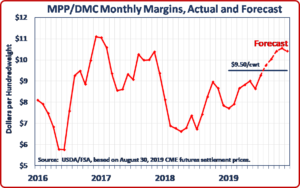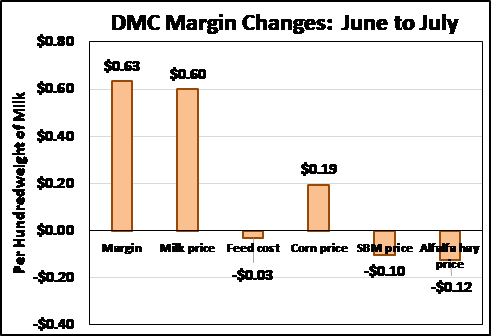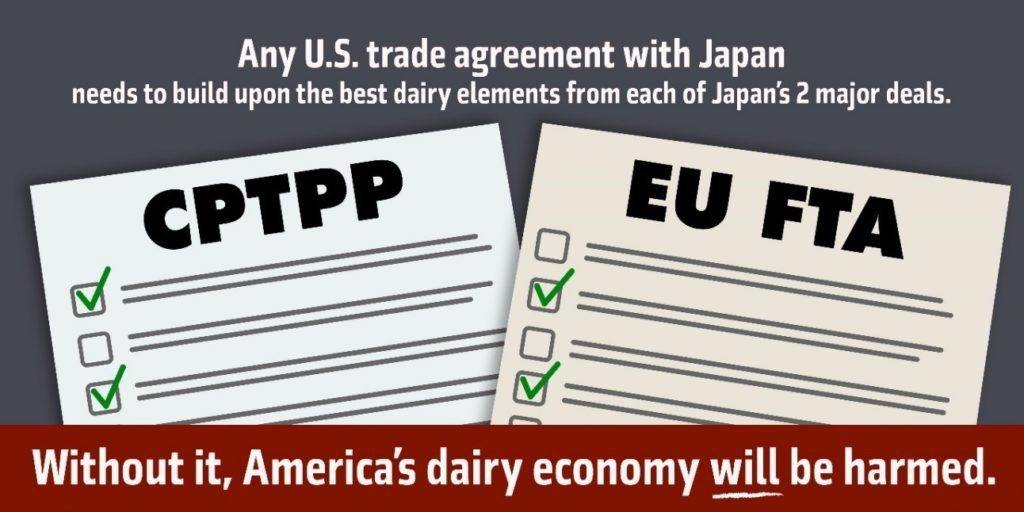It’s sad and infuriating. It’s also inevitable when the Food and Drug Administration doesn’t enforce its own regulations.
In a move demanded by no one other than a marketing department desperate to rebrand its product away from a declining sales category, Country Crock, longtime maker of a vegetable-oil spread, this summer has begun peddling its new “Plant-Based Butter,” in the hopes that consumers will be fooled by this “old wine in a new bottle.” It’s far from the only corporation jumping on the “plant-based” bandwagon, but it’s a good example of why the arguments the vegan lobby makes on plant-based labeling are built on lies, and how the increasingly brazen flouting of FDA rules shows it’s long past time for the agency to fulfill its responsibilities to consumers and the marketplace.
First, Country Crock’s rebranding shows that plant-based encroachment on the dairy world is about sales and money above all else. There’s nothing new about a plant-based Country Crock product. The company has made imitation butter — margarine and vegetable-oil spreads — since the 1940s. Other than changed packaging and different oil sources, their take on “plant-based” is same-old, same old.
So why the name change? Because sales data shows that consumption of vegetable-based butter imitators is steeply declining while real butter is on the rise. According to USDA data, margarine consumption in 2017 was at 3.5 pounds per person, the lowest since 1942, while butter consumption has jumped to over 5.7 pounds per person, rising to the highest per-capita consumption since 1968.
While margarine is tanking, the innovative-sounding term “plant-based” is, like butter, also increasing. Given that perspective, it’s hardly surprising that various manufacturers of vegetable-oil spreads that already have a 150-year history as margarine would want to try to re-invent themselves as purveyors of “plant-based butter”.
Aside from the crass consumer deception at play here, the marketing ploy doesn’t get past another fundamental point about this type of labeling: It’s illegal.
The use of butter terms for imitation butter products is in some ways an even more egregious slap in the face of the law than misuse of dairy terms in other categories. Milk has a regulatory standard of identity, which the FDA should enforce. Butter, meanwhile, has specific legislation – the Butter Act, which has set federal standards for butter since 1923 – that was explicitly established to bar inferior plant-based products from using the name. Such products have, for generations, been referred to as “margarine,” a product with its own federal standard of identity. But with margarine sales falling, no one is flocking to the term “plant-based margarine,” even though that would seem to be the correct term to use.
(As an aside – even in its traditional packaging, Country Crock isn’t actually margarine. The product is a “spread,” a term for vegetable-oil products that didn’t meet the standards of margarine, which didn’t meet the standard for butter. Their purported “butter,” then, is more appropriately an imitation of an imitation.)
Country Crock’s use of a dairy term also proves a third important point: The argument that consumers need such language to understand what a product is, is false. Anyone who has gone grocery shopping since the end of World War II knows what Country Crock is – a cheap butter substitute, served in large buckets, often at all-you-can-eat buffets. That’s a reminder that “plant-based” doesn’t equal “innovation,” no matter what an entrepreneur who’s raised a bunch of venture capital and hopes to cash out quickly will tell you. Consumers not fooled by Country Crock’s crock – owned by infamous, deep-pocketed corporate raiders KKR & Co., the original “Barbarians at the Gate” — also shouldn’t be impressed by Pure Blends, Miyoko’s or other producers of plant-based, er, margarine and spread, products that mimic butter. It’s a tired, but oft-repeated, tale: highly processed, industrially crafted products attempting to ride on dairy’s reputation for high quality, all in the name of profits.
Country Crock’s attempt at rebranding is ridiculous, but it isn’t a laughing matter. The problem FDA needs to fix is only getting worse. Labeling abuse is out of control, with outcomes that would be comic were they not so unfortunate. It doesn’t take an expert to see that “plant-based butter” is one of the biggest crocks in the dairy case. For consumer understanding and marketplace clarity, it’s high time FDA ends this charade.










